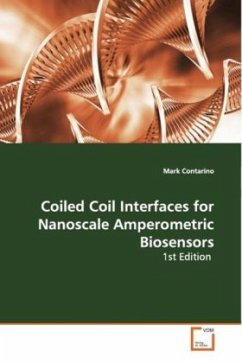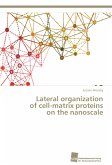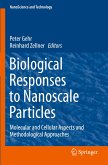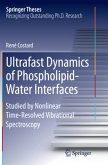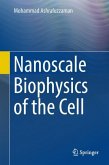Both gold nanostructures and carbon nanotubes arerapidly emerging platforms for amperometric biosensordetection. Homogeneous display of biomolecularligands is a key process in forming nanoscale arraybiosensors, improving the chances for sufficientsignal strength and reproducibility at the limits ofsensor geometries. The use of self-assemblinginterfaces on gold electrodes and CNT arrays enableshomogeneous display, solvent access, target capture,sensor surface regeneration and potential formolecular wiring. Our approach uses an anchorpeptide, covalently linked to the sensor surface,that is able to non-covalently capture probe labeledtargets in solution with a high affinity and minimalsurface leaching. The use of non-disrupting,metal-chelating scaffolds within the coiled coilsequence was tested for molecular wiring capabilitiesusing model redox targets. Recombinant cassetteproduction of probe sequences was investigated as ameans to enable control over spatial andstoichiometric placement of redox active mediatorsand/or biomolecules. This thesis defines potentialchallenges as well as opportunities for futuredevelopments.
Bitte wählen Sie Ihr Anliegen aus.
Rechnungen
Retourenschein anfordern
Bestellstatus
Storno

